A Closer Look
Rubber Overview
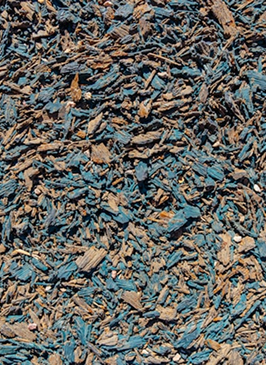
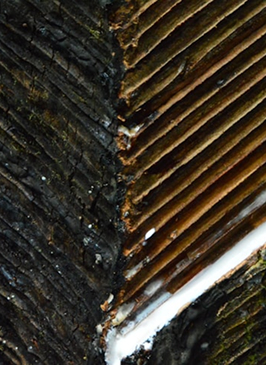
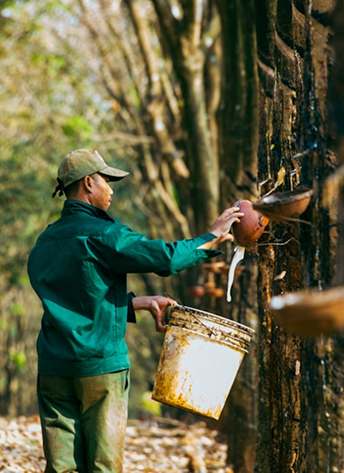

Rubber
Behind the Label: What Rubber Really Tells Us
Rubber is everywhere — in tires, gloves, shoes, mattresses, medical devices, and more. Over 70% of the world’s natural rubber is used in the transportation sector alone (IRSG, 2023). Sourced mainly from Southeast Asia, this $50+ billion industry supports millions of smallholder farmers. Yet its supply chain remains largely invisible — and increasingly under regulatory pressure.
The Problem: Deforestation, Labor Risk, and Data Gaps
Natural rubber has been linked to deforestation in countries like Thailand, Indonesia, Cambodia, and Laos, where forests are cleared for monoculture plantations. A 2022 study published in Nature found that more than 4 million hectares of forest have been lost to rubber since 1993 (Nature, 2022).
At the same time, there are growing concerns over:
Poor labor conditions and land rights violations
Fragmented supply chains with little traceability
Rubber blending that hides origin and compliance status
With the EU Deforestation Regulation (EUDR) now requiring verified origin and land-use data, rubber producers and buyers must be able to trace the journey of every shipment.

The Cost: Market Risk and Missed Value
Without traceability, natural rubber exporters risk losing access to Europe — one of the largest global markets. Brands using rubber in tires, apparel, and healthcare products face:
Legal and compliance penalties
Consumer backlash over sourcing claims
Loss of ESG certifications due to unverifiable supply origins
Smallholders, who make up over 85% of global rubber production (WWF, 2023), are often the most affected. Despite following sustainable practices, they are excluded from premium markets due to lack of documentation.

The Opportunity: Traceability for Clean Rubber
Rubber traceability unlocks new market access and transparency by:
Mapping plantation boundaries via GPS and satellite imagery
Tracking rubber tapping, processing, and export steps
Providing buyers with clear chain-of-custody and compliance reports
As Dr. Tran Thi Thuy Hoa, a rubber sustainability expert, notes: “Sustainable rubber needs more than standards — it needs proof.”

What We’re Doing About It
Palmyra is working with smallholder networks, processors, and exporters across Southeast Asia to implement field-to-factory traceability systems for rubber.
Our tools help:
Digitize land ownership and geolocation data
Log harvest, latex transport, and processing events
Automate EUDR reporting for global buyers and regulators
The result is a more visible, fair, and resilient rubber supply chain.
“Our rubber used to be anonymous. Now buyers know exactly who we are and how we work.”
— Somchai Lekhakul, Rubber farmer, Thailand

Traceability Isn’t About Tech — It’s About Recognition
Rubber has always been essential. Now, its origin matters more than ever.
The 2025 Checklist for Traceable and Trusted Cocoa
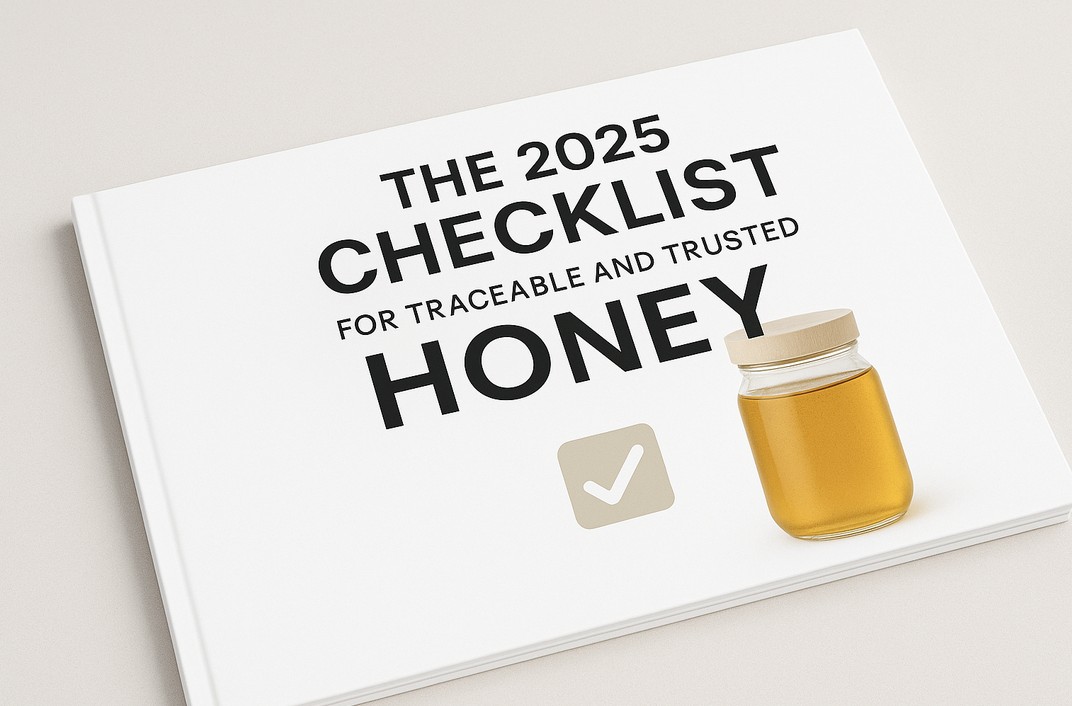

Sam Lambert
Co-Founder Palmyra®
From Olive Groves to Blockchain:
Greek Olive Oil Tokenization
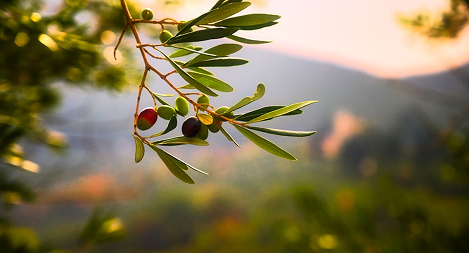
Main Regions
Nigeria
Boki, Nigeria
Focus Areas
Traceability
Tokenization
Solutions
Palmyra Pro
Palmyra App
MOUs Signed
Municipality of Rhodes
Municipality of Messini